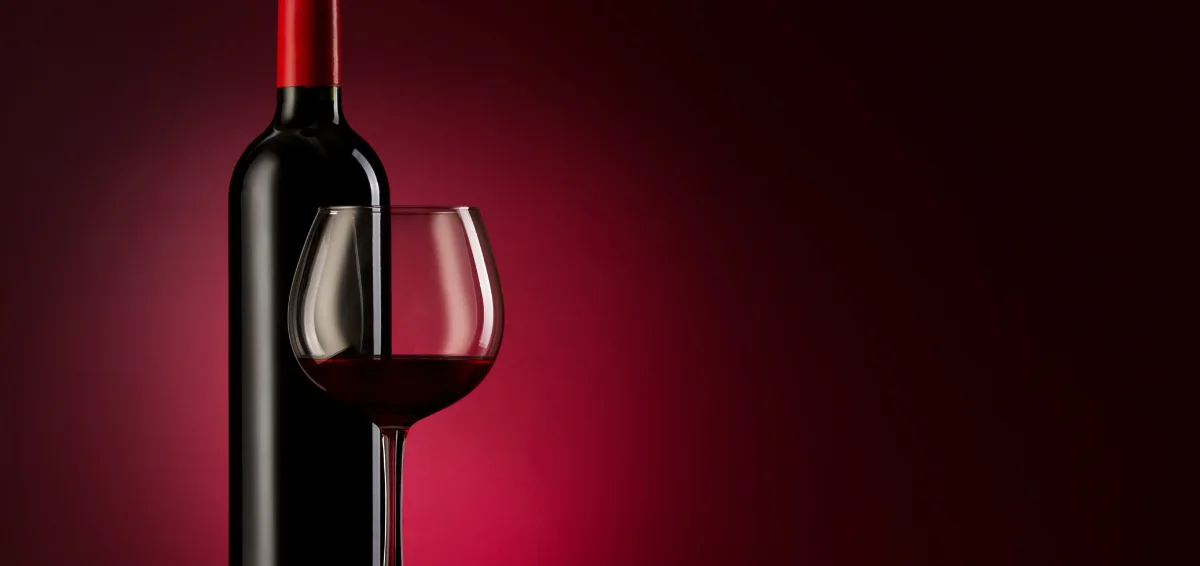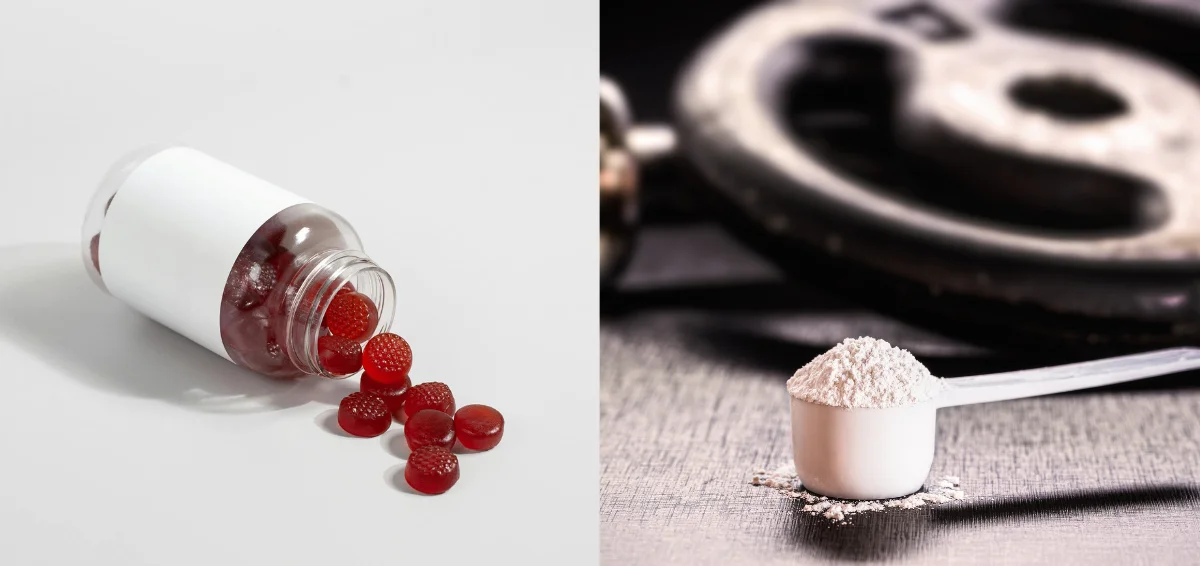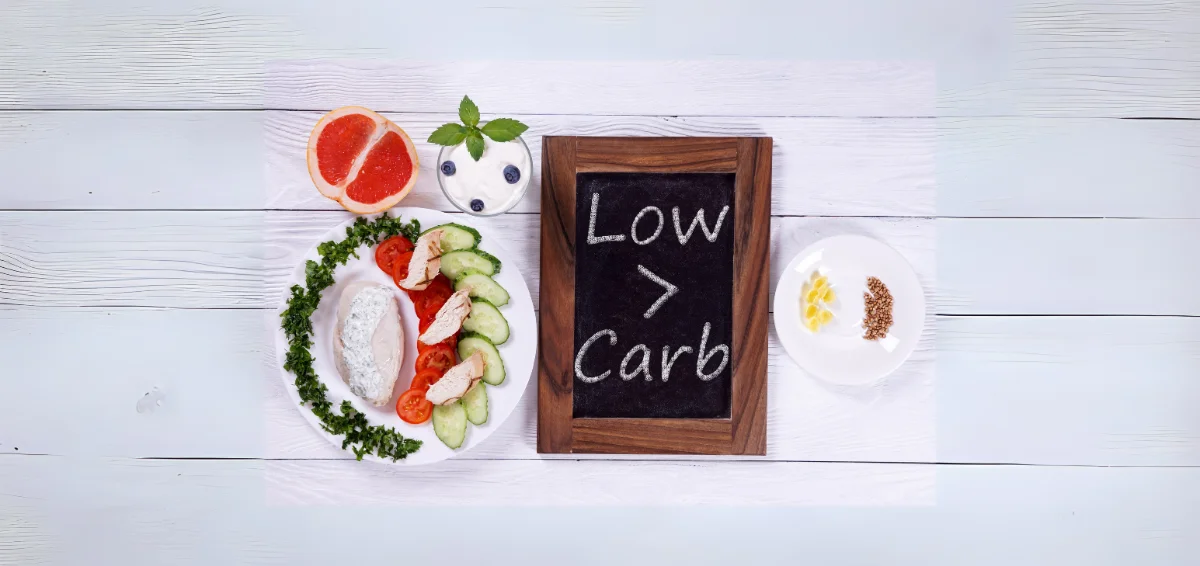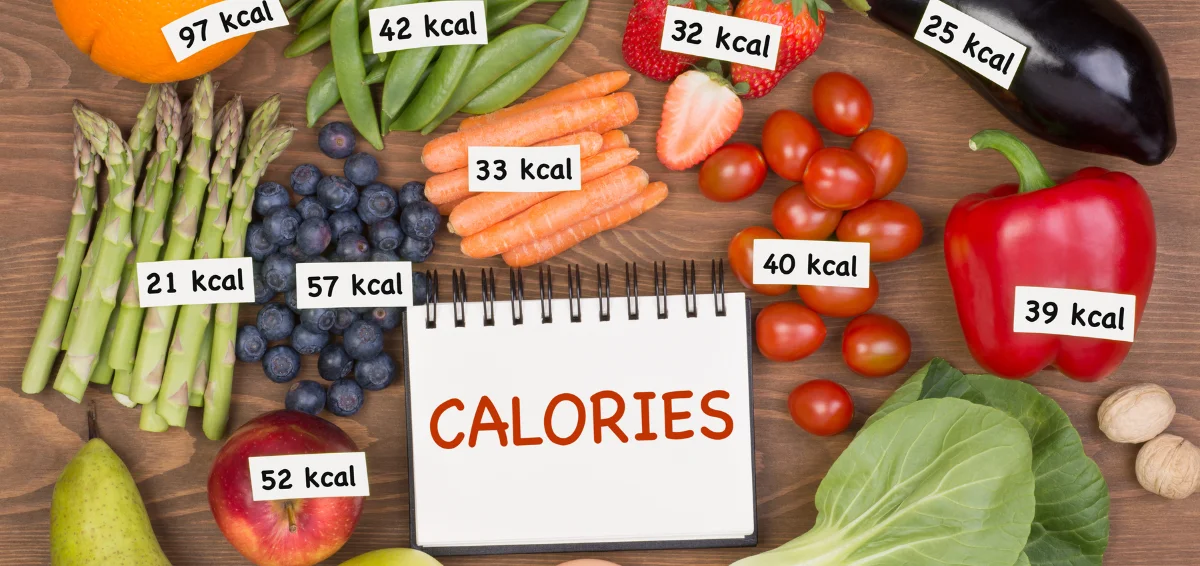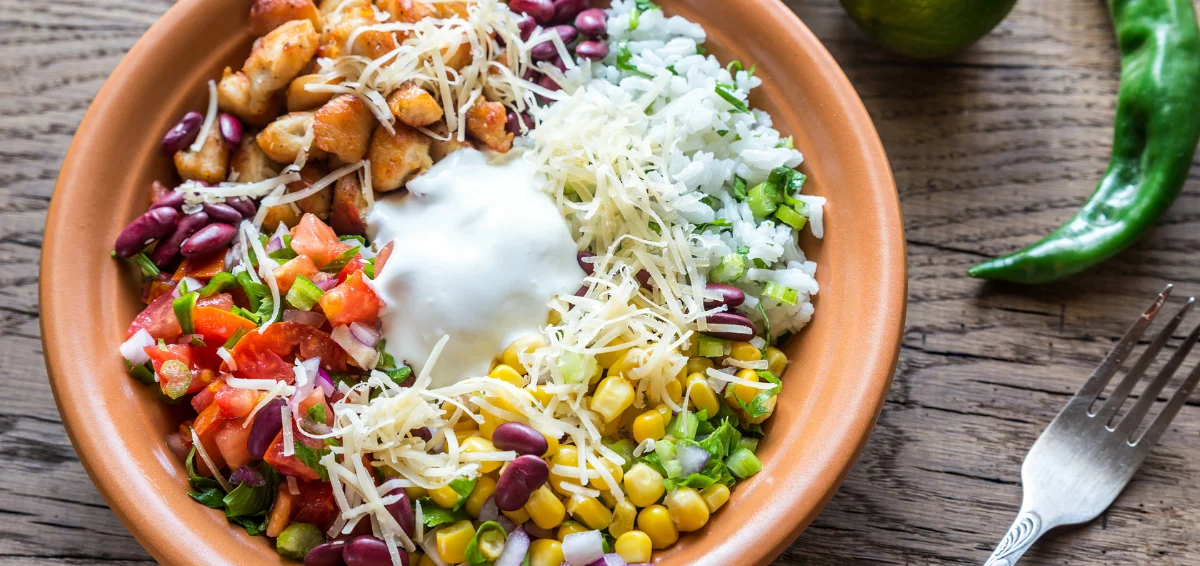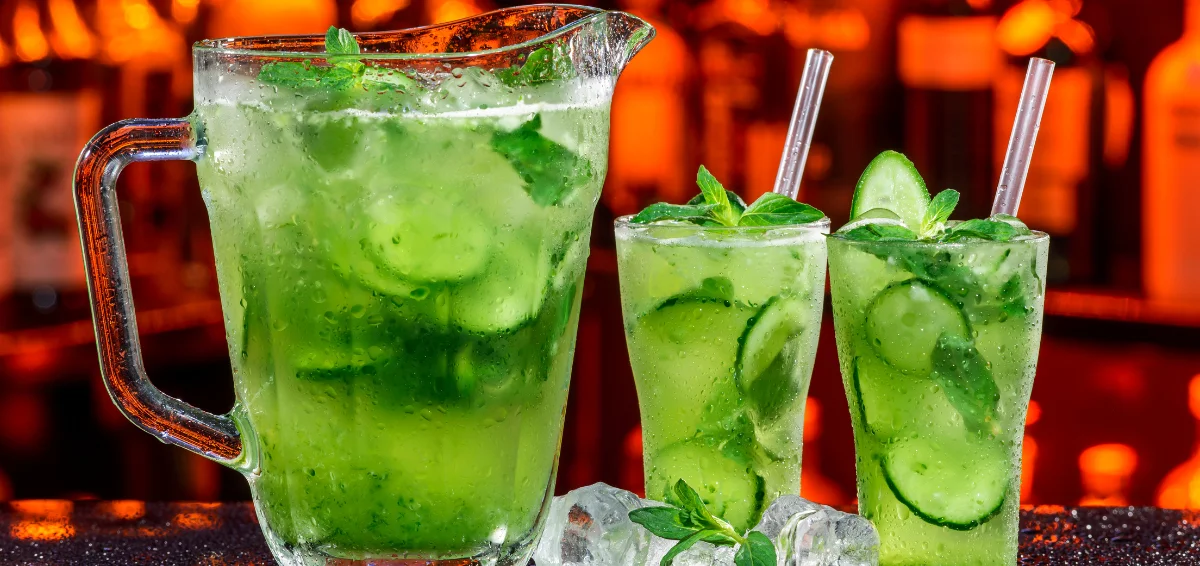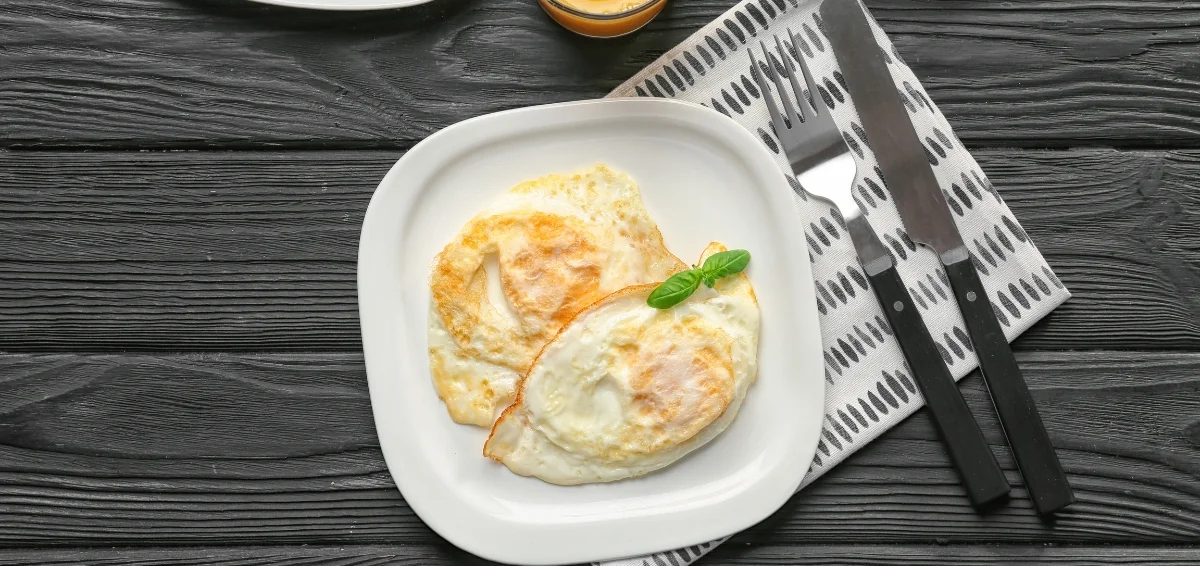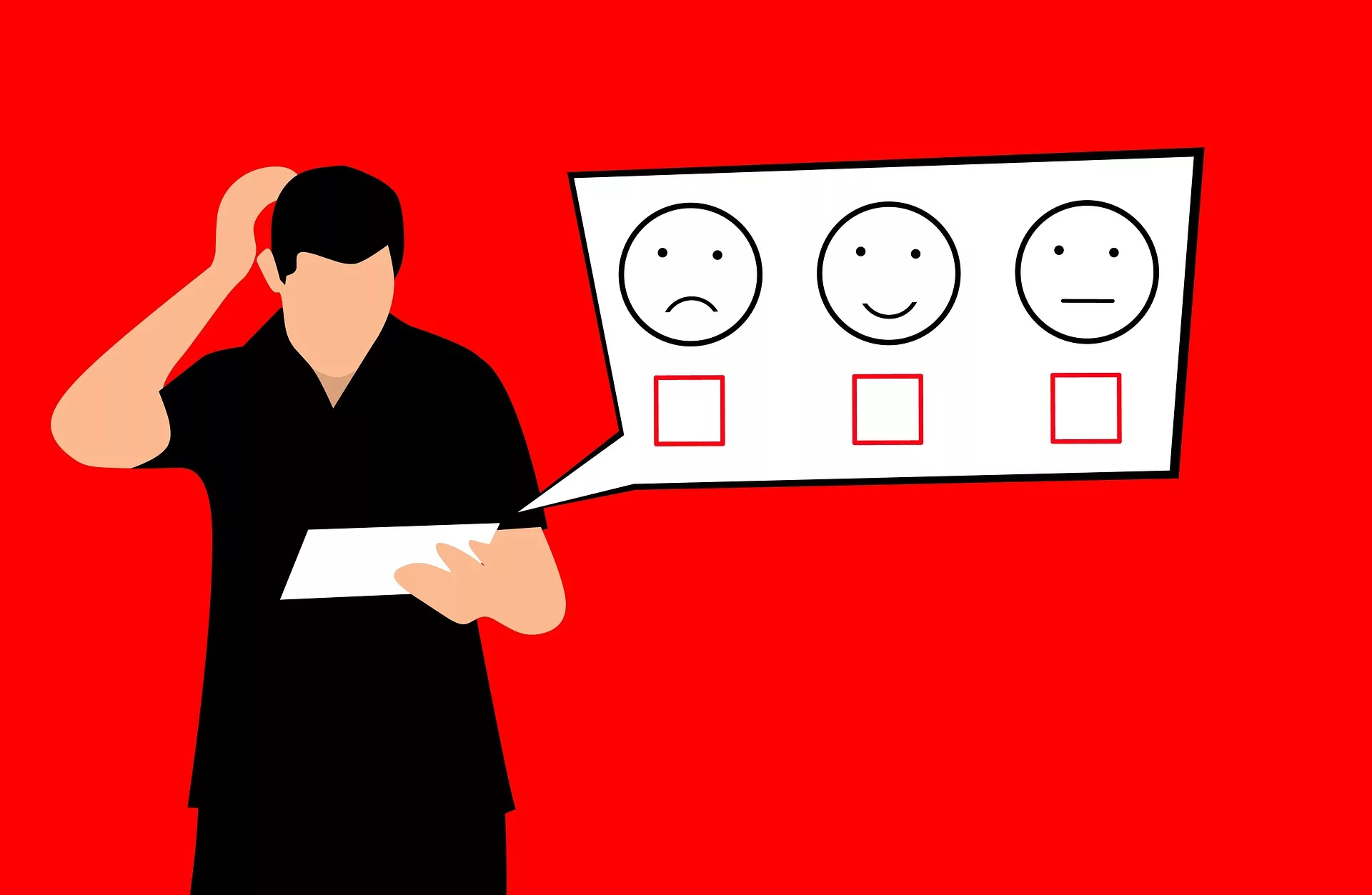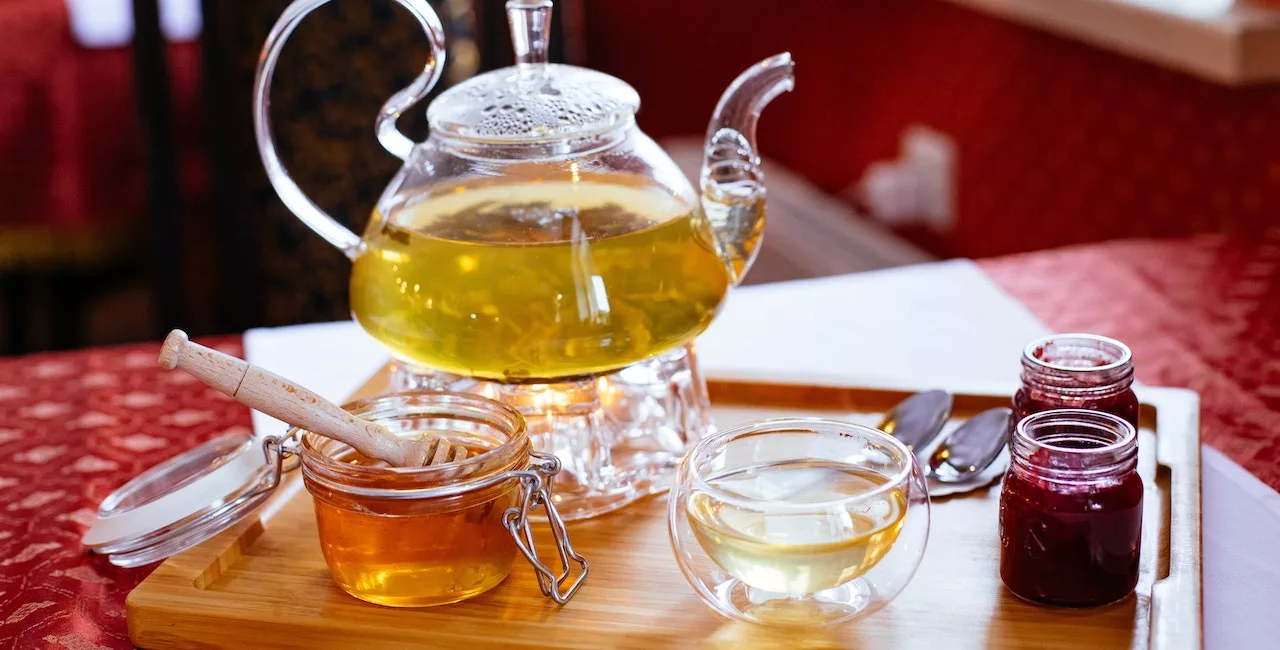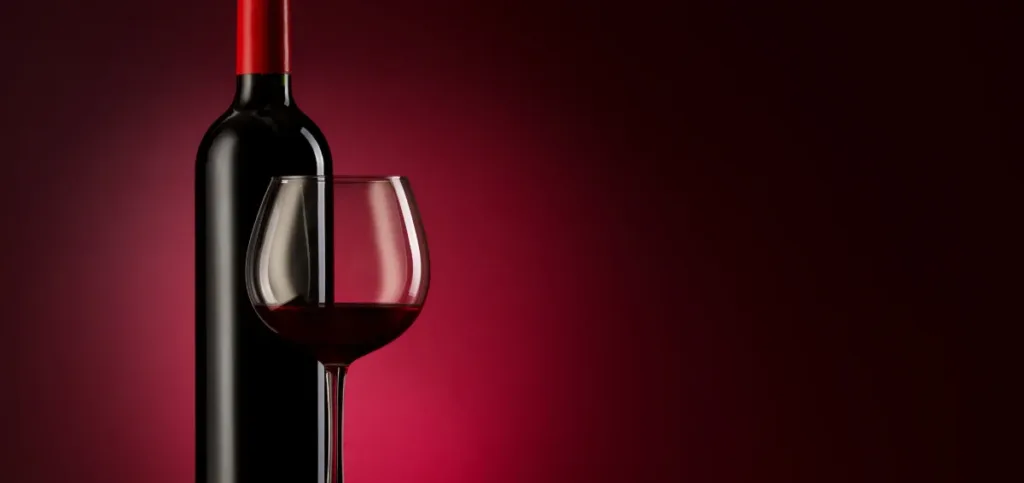
Wondering about the calories in your bottle of white wine? A 750 ml bottle packs in slightly more than 600 calories, reaching 605 calories. However, the number is not static. White wine comes in a variety of styles. A glass of sweet white wine has more calories than dry white wine. The number varies according to the content of sugar and alcohol by volume (ABV).
White wine is a popular accompaniment to various types of dishes. However, it is an alcoholic drink at the end of the day. Alcohol, if not consumed in moderation, can not just cause weight gain but hurt our overall health.
So, it is good to have an understanding of the calories in this wine variant. Keep reading as we delve more into it.
How Many Calories Are in a 750ML Bottle of White Wine?
A 750ml bottle of white wine contains anywhere between 600 to 610 calories. To calculate the calories in your bottle of wine, just find out the drink’s ABV. It is written on the bottle itself. As a thumb of rule, 1 oz of pure alcohol contains about 158 calories.
So, if you have 5 oz white wine with an ABV of 11%, you can calculate the calories through the ABV formula. It is given below.
Ounces X ABV X 1.6
The figure that you get after multiplying these numbers will be the total calorie count of your white wine. In our case, we have a 5 oz glass of white wine with an ABV of 11%. Multiplying all these numbers by putting them in the formula above will give you the number 88. This is the calorie count of the amount of white wine you are drinking.
Factors That Affect Calories in White Wine
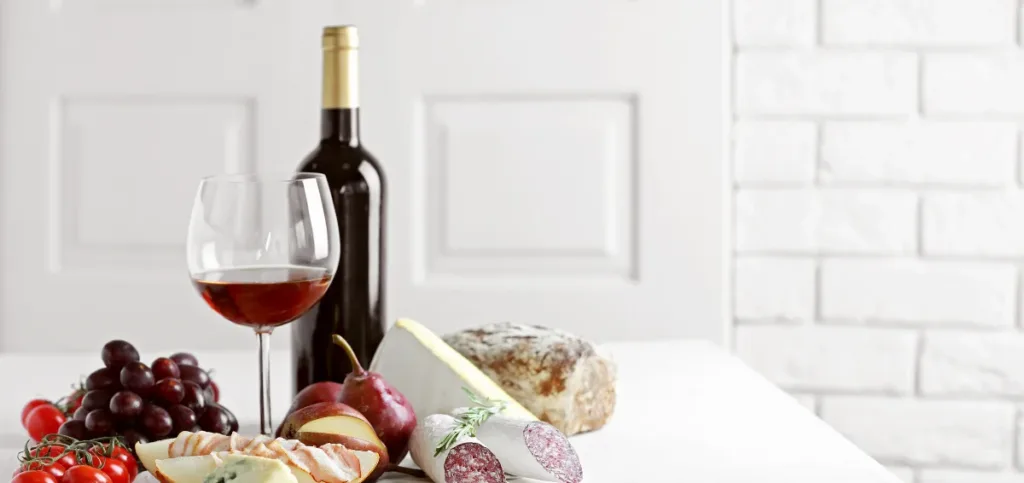
Various factors influence calories in white wine. However, the two most prominent ones are alcohol by volume or ABV and the residual sugar content, also called sweetness.
Alcohol by Volume
The total calorie content of white wine is influenced by alcohol, its major ingredient. One gram of alcohol contains 7 calories. Naturally, white wines with a higher ABV percentage will have more significant calories in a single serving. For example, dry white wine with 10% ABV won’t give you more than 500 calories. On the other hand, the same wine with 14% ABV will pack in more than 600 calories.
Residual Sugar Content
Residual sugar content indicates carbohydrates in the wine. A single gram of carbohydrates contains four calories. So, if your white wine is sweeter, it means that it has more residual sugar content. But if the white wine is dry, it will have lesser sweetness and so, will have lower calories.
However, residual sugar content is not a prominent factor impacting the calorie count. This is because the fermentation process that makes alcohol consumes sugar. So, if the wine has more sweetness, it will have less alcohol. Since alcohol has more calories than sugar, sweet white wines have lower calories than those with a higher ABV.
Type of Grape
Calorie count is also affected by the type of grape used to make alcohol. Grapes come in several varieties. All of them have different amounts of sugar. This impacts the total calorie and carbohydrate count. If your white wine is made from Muscat grapes, it will have more calories because this variety of grapes is very sweet.
Winemaking Process
The winemaking process also impacts carbohydrate and calorie content. The first part of this process involves choosing the grape variety. This has already been explained in the section above.
When grapes are fermented during winemaking, yeast absorbs the grapes’ sugar. It is then turned into alcohol and carbon dioxide. If the winemaker stops fermentation earlier, there is some leftover sugar. This causes the wine to be sweeter and have greater carbohydrate content.
However, if the winemaker allows fermentation to be completed, the resultant wine will be drier and have lower carbohydrate content. If there are any processing aids or additives used in winemaking, the total calorie count will be affected.
Some winemakers perform chaptalization. It’s a process whereby sugar is added to the wine after fermentation. It is done to increase the alcohol content. So, the total calories in the wine increase.
Read Also: How Many Calories in a Teaspoon of Butter?
Calories in Different Types of White Wine
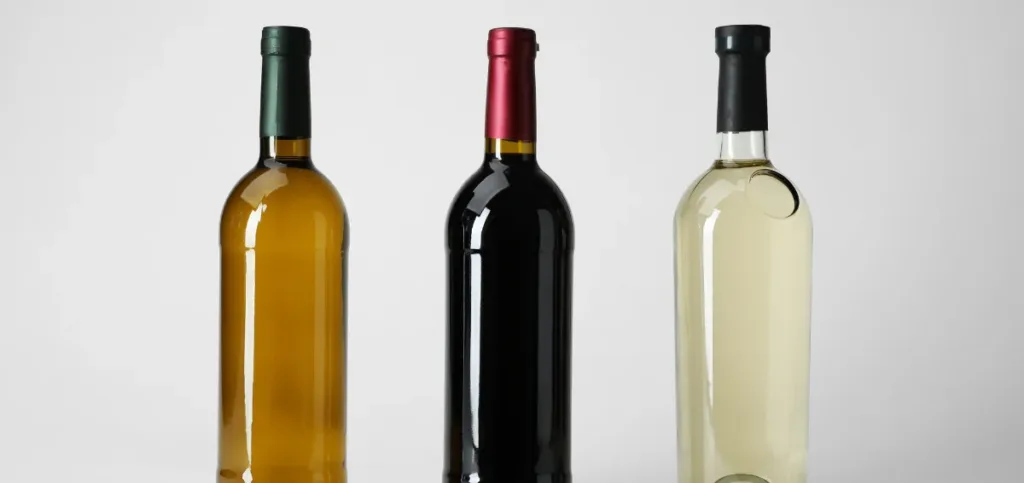
Different types and styles of white wines contain different calories. Here’s a brief overview of calories in various types of white wines.
Dry White Wines
- Sauvignon Blanc: This dry white wine contains around 125 to 135 calories. It has an ABV in the range of 12 to 14%.
- Pinot Grigio: A standard glass of this white wine will give you around 125 calories. It has an ABV ranging between 12 to 14%.
- Chardonnay: A glass of Chardonnay packs in about 125 calories. Its ABV falls between 14 to 15%.
Sweet White Wines
- Moscato: Moscato’s calorie count mainly comes from its sweetness. A usual glass of this sweet white wine gives you anywhere between 115 to 150 calories.
- Riesling: Riesling can be lusciously sweet to dry. A glass of this wine with a moderate sweetness level packs in about 115 calories. It has a 7.5% ABV.
- Gewurztraminer: Gewurztraminer is an aromatic white wine. It can be both dry and sweet. The sweet wine contains about 145 calories and has an ABV falling between 12 to 14%.
Making Healthier Choices While Drinking White Wine

White wine can be a great accompaniment to any celebration. However, it is always important to be mindful when consuming alcohol. Here are some ways to enjoy this wine without consuming excess calories.
- Opt for white wines with lower ABV: Alcohol significantly influences calories in wines. So, choose white wines with labels like ‘low alcohol’ or ‘light.’ These have lower ABV.
- Pick dry wines: Dry white wines have less residual sugar. Dry wines like Pinot Grigio are drier in taste and have lower calories.
- Check your portion: Avoid drinking from oversized wine glasses. Stick to the standard glass so as not to consume calories in excess.
Summing Up
White wine is a popular drink among wine enthusiasts. However, it is easy to drink it in excess. Fortunately, today, several low-calorie options are available. On your part, you can be more mindful while consuming this beverage. Opting for lighter versions and watching the portion size will ensure you enjoy your glass of wine without letting it impact your waistline.

